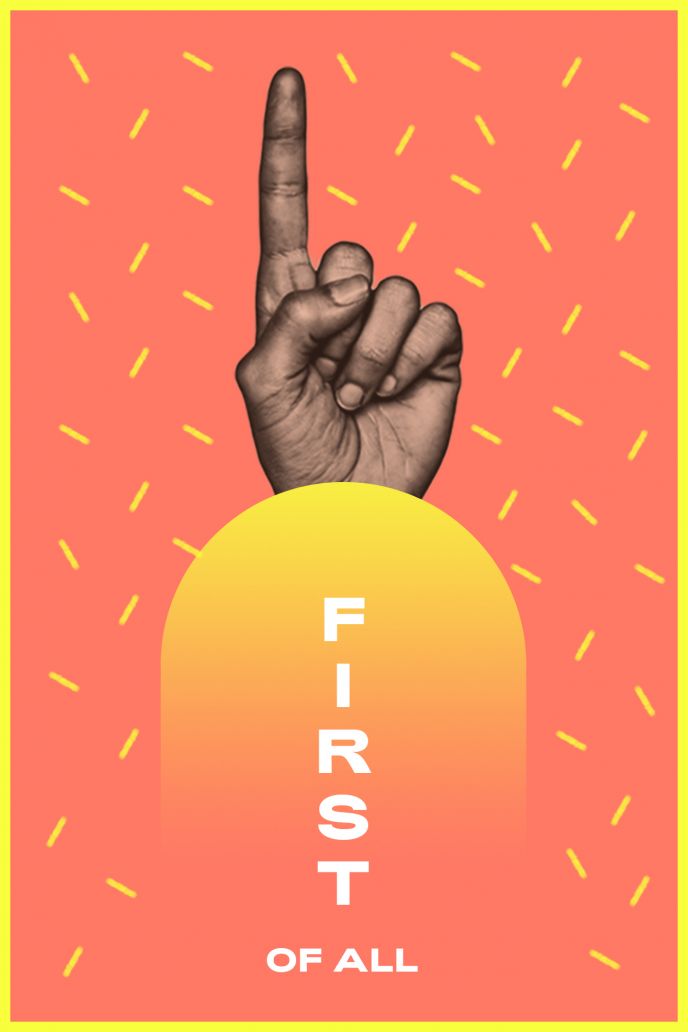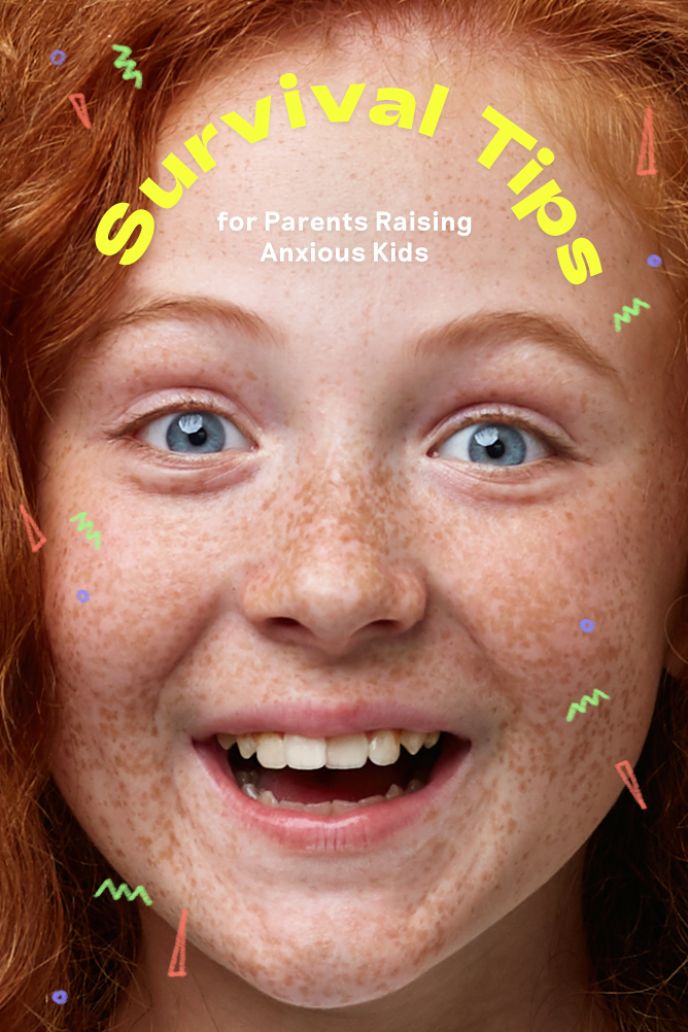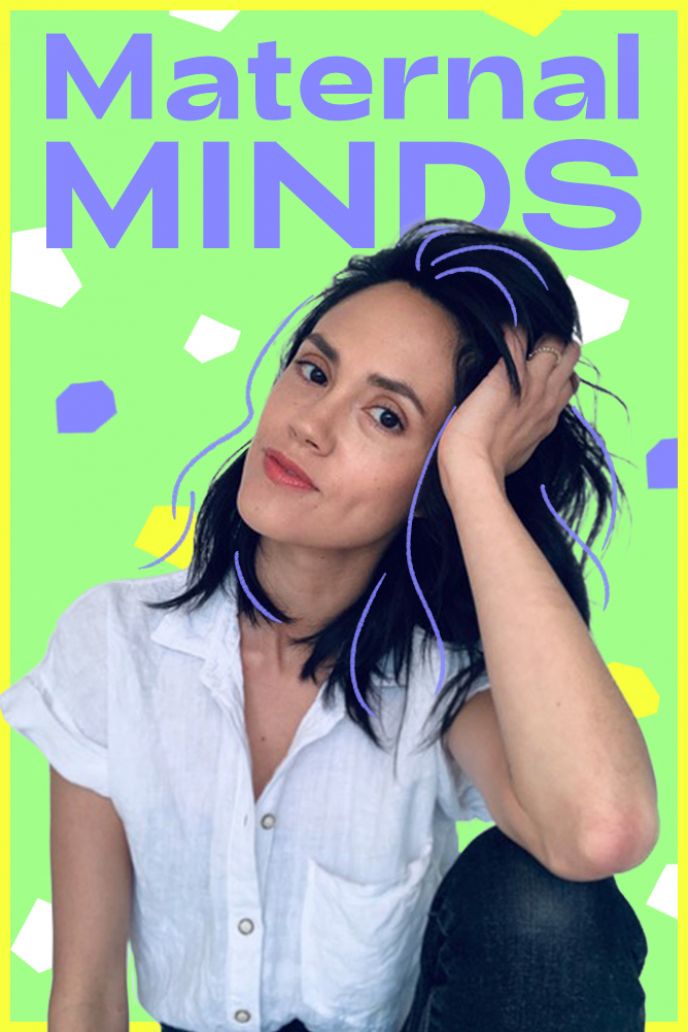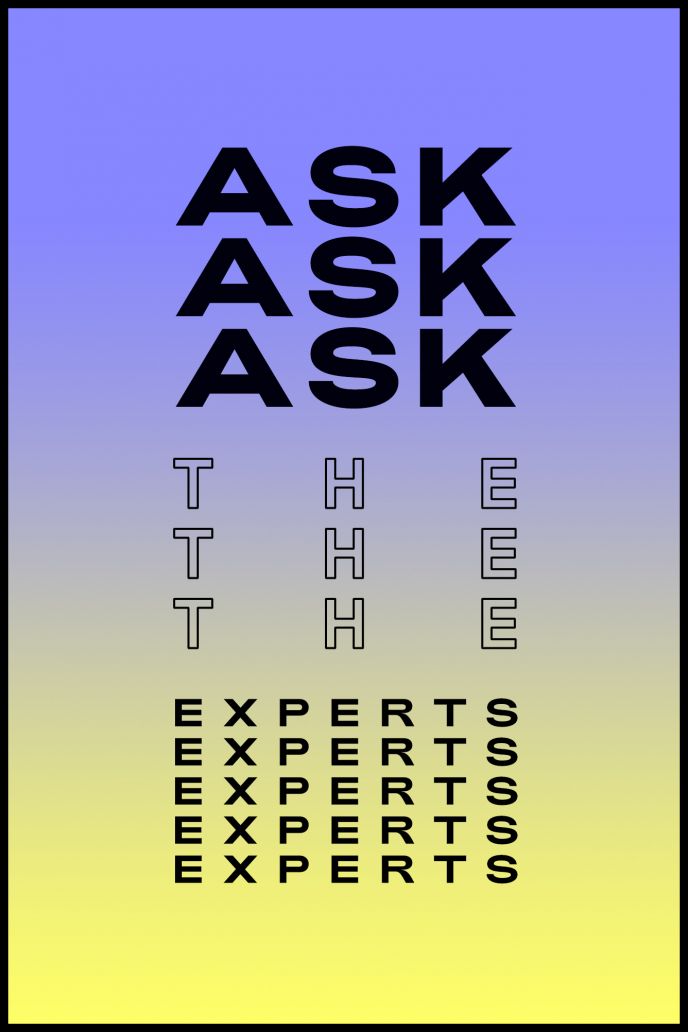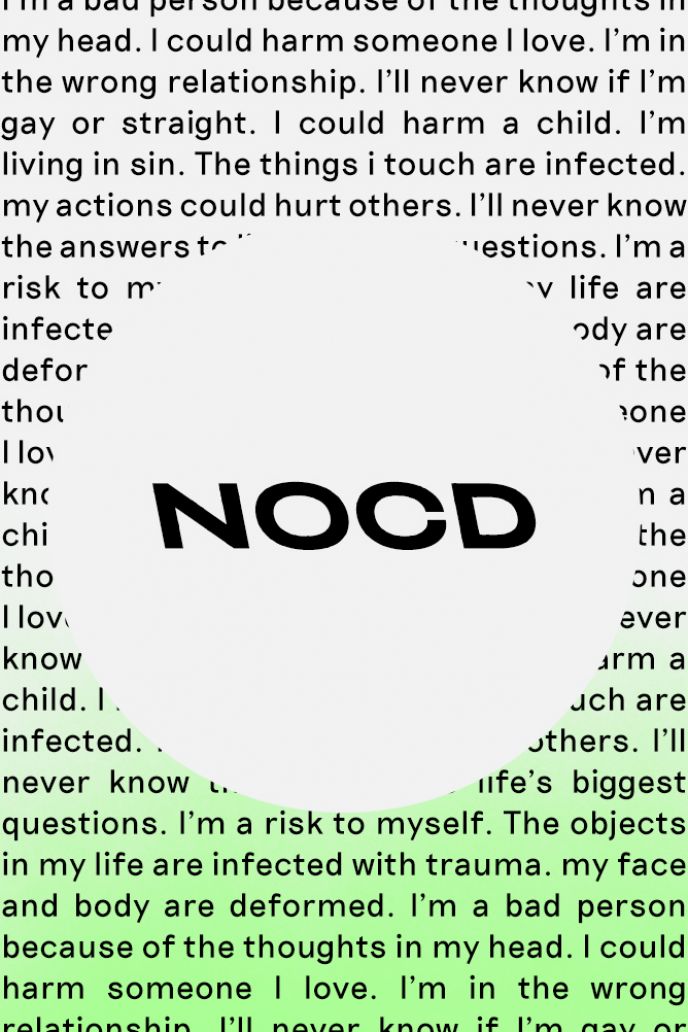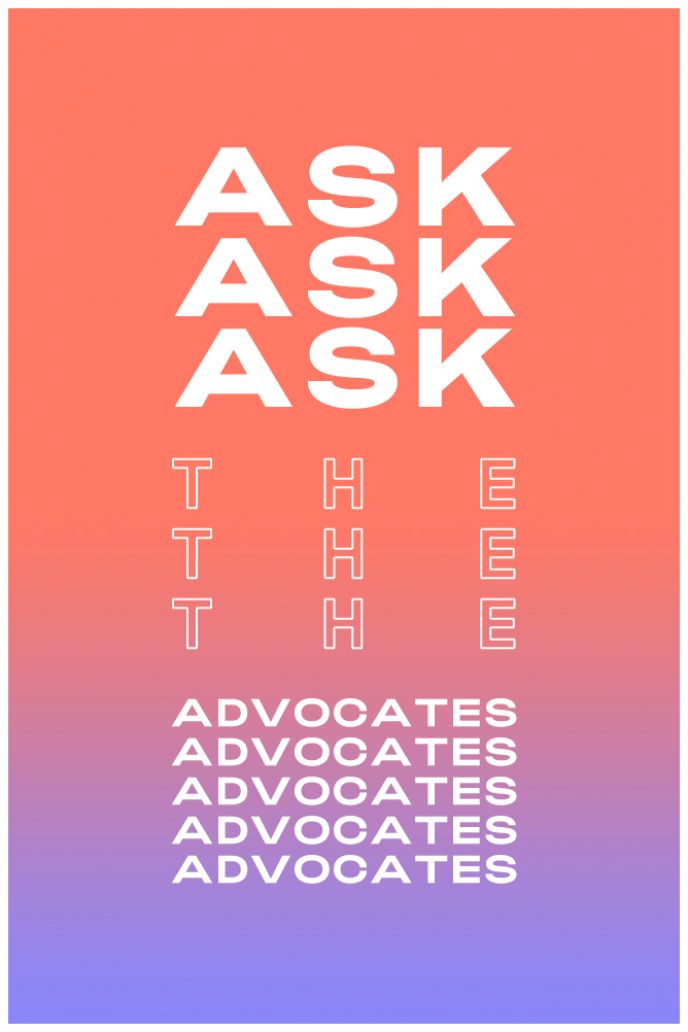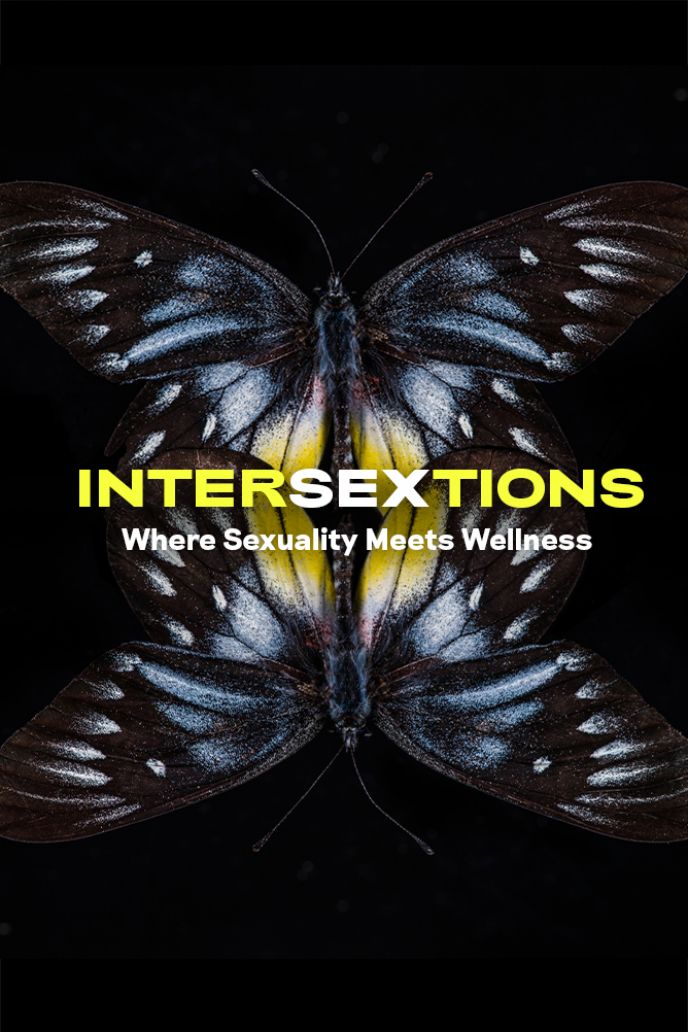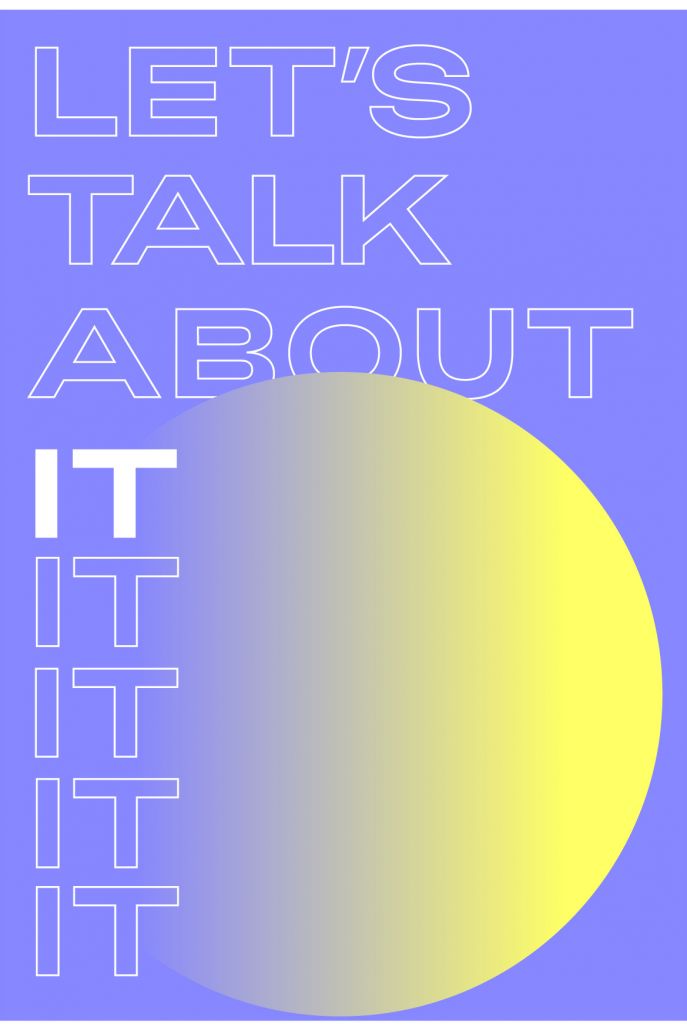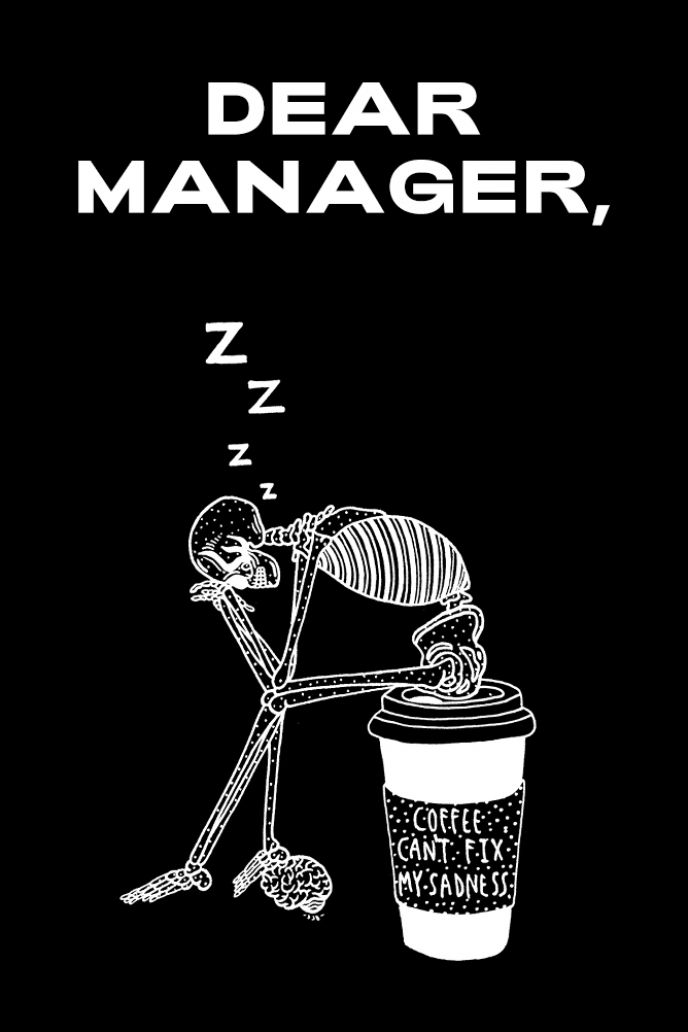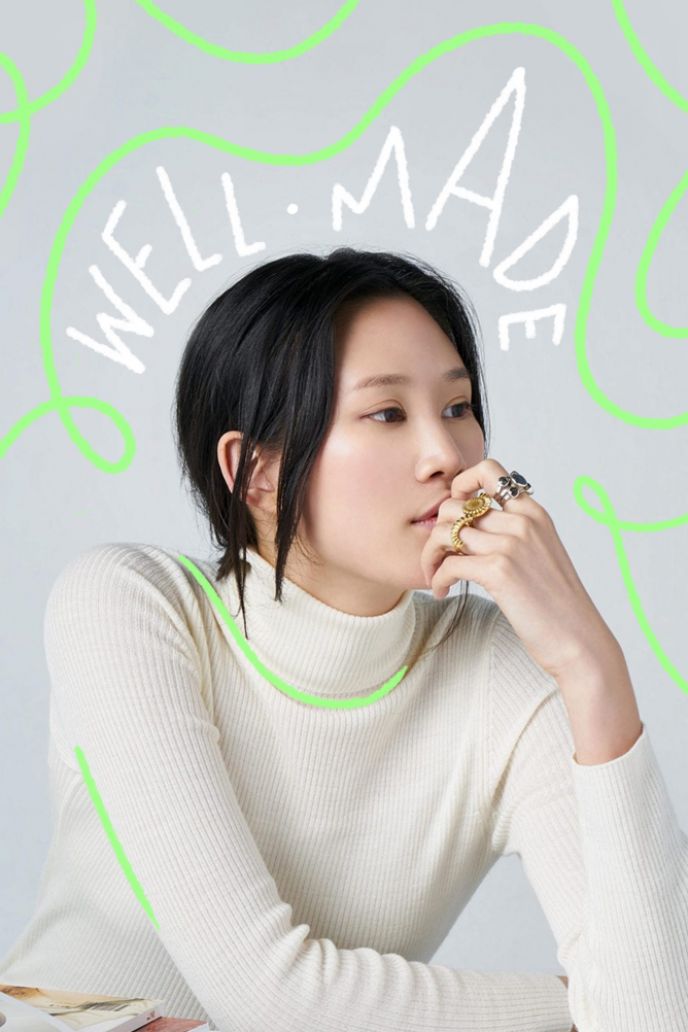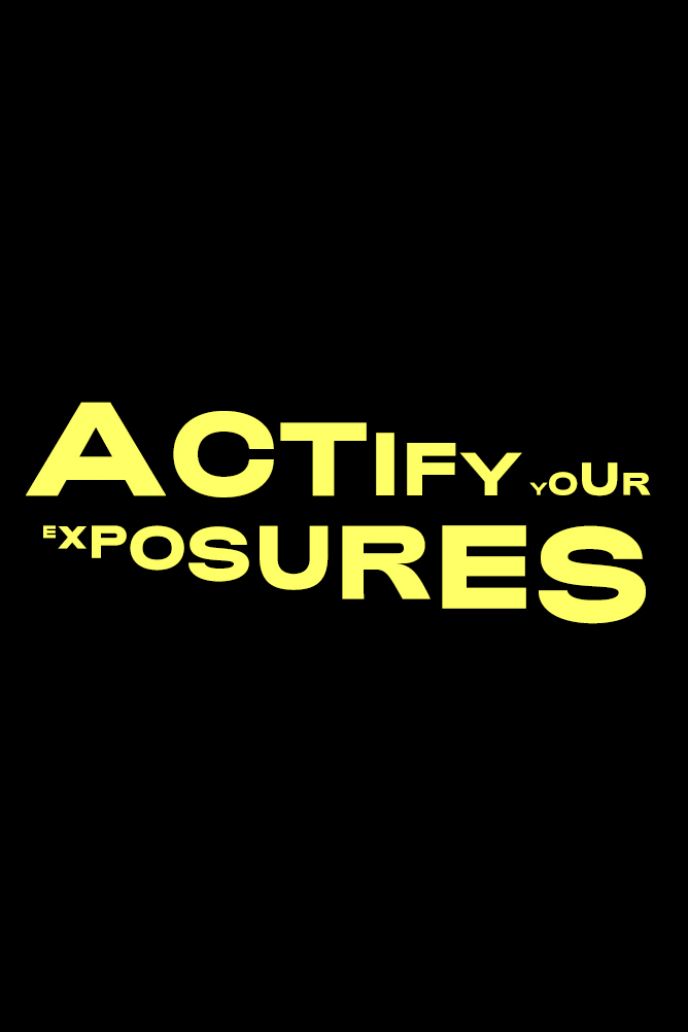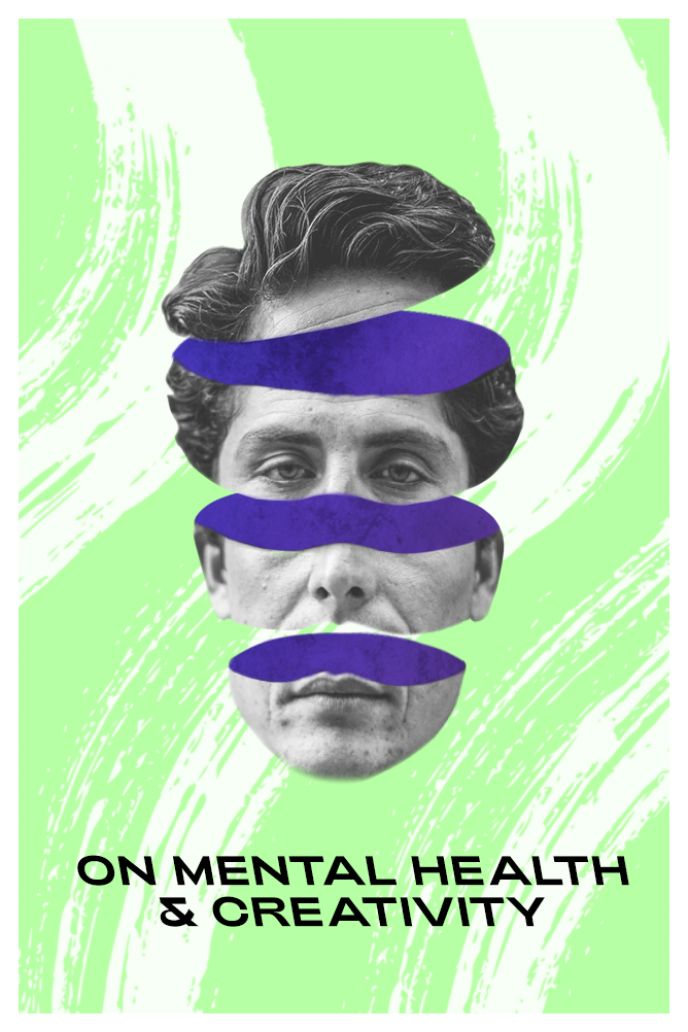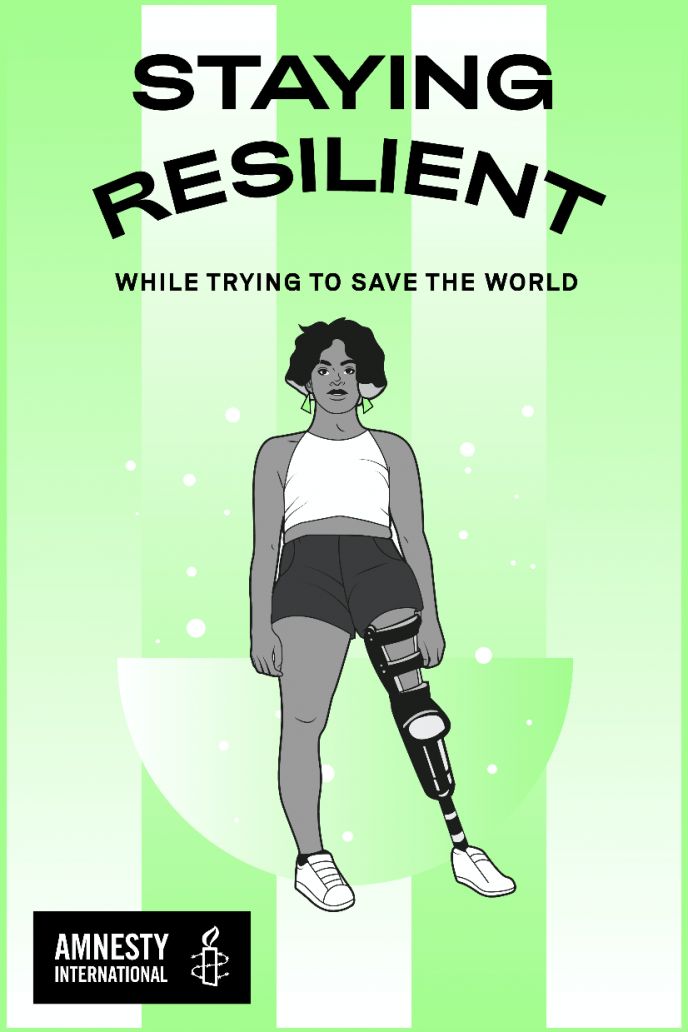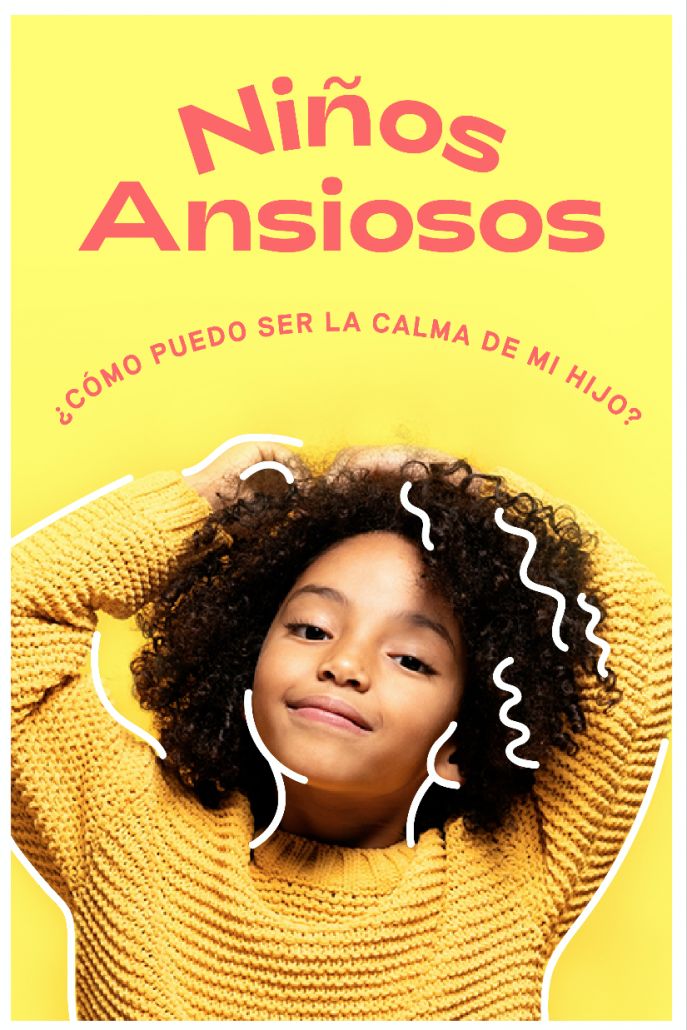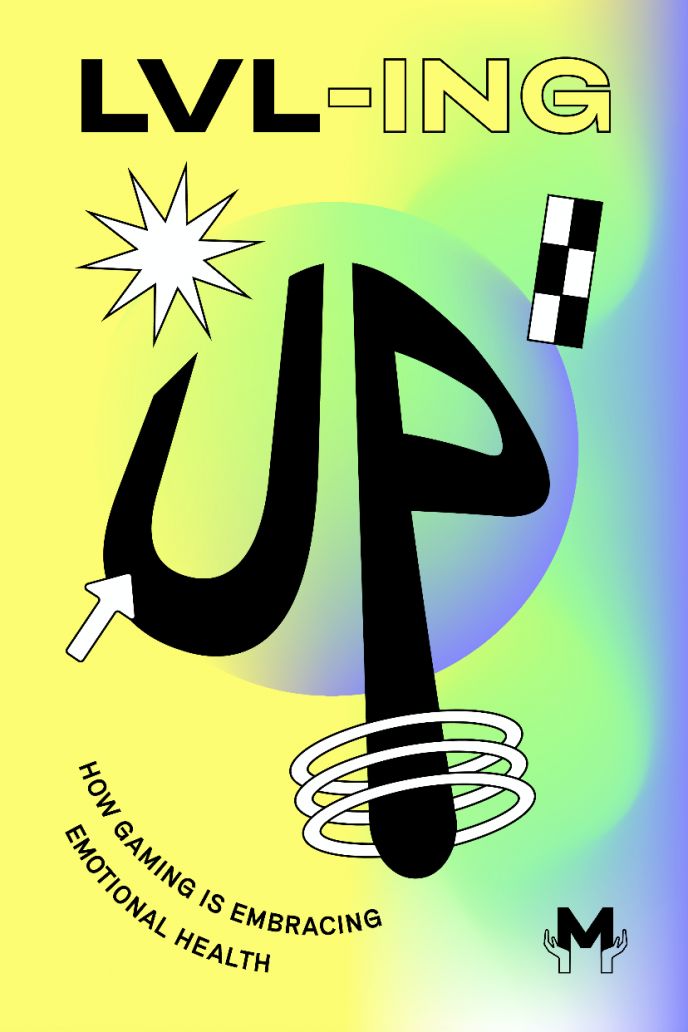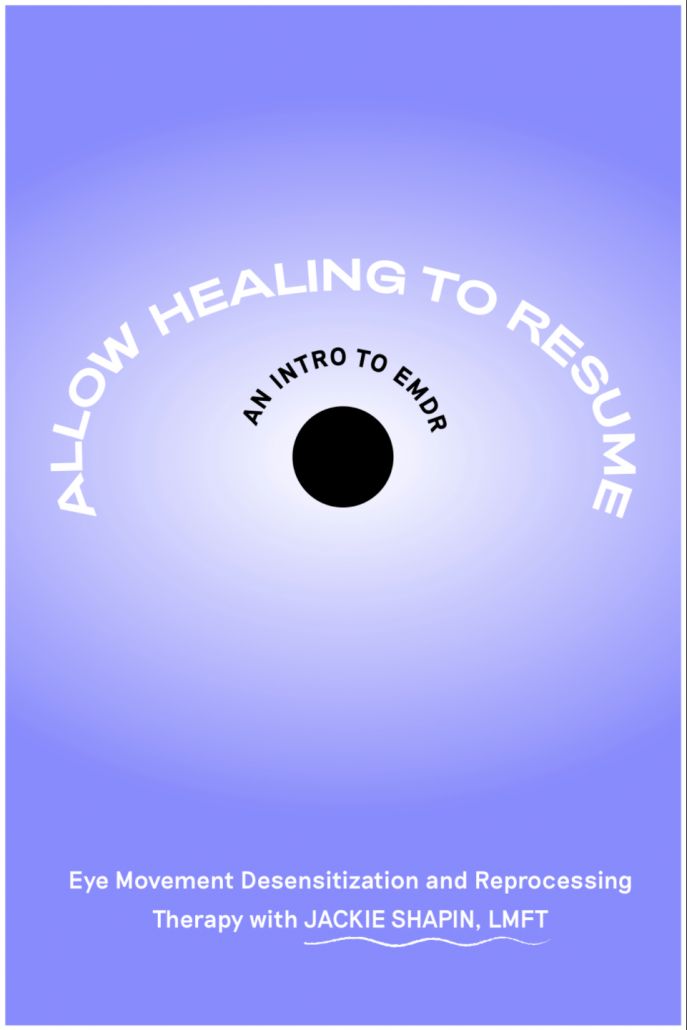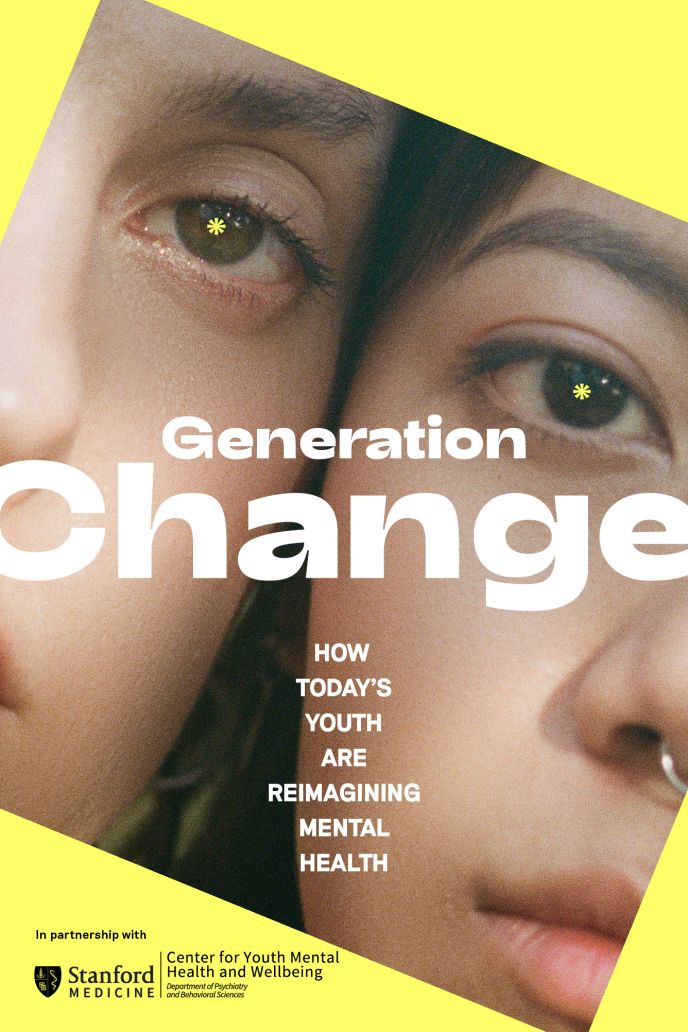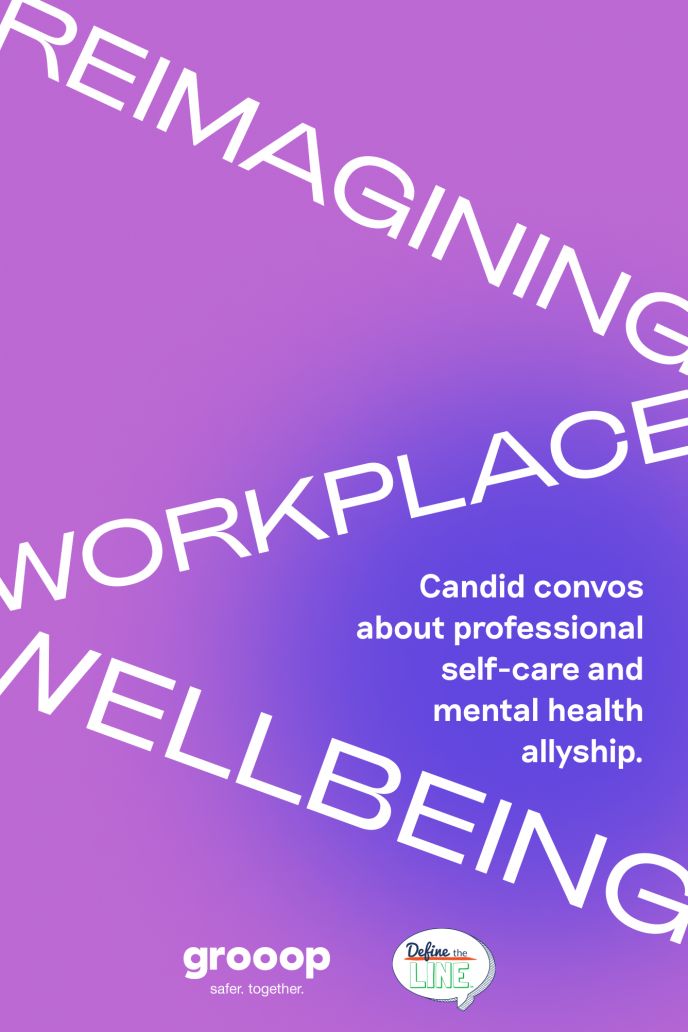Portrait of a Suicide Attempt Survivor
Suicide doesn’t discriminate and can affect the people who you least expect.
Written by Jana K. Hoffman
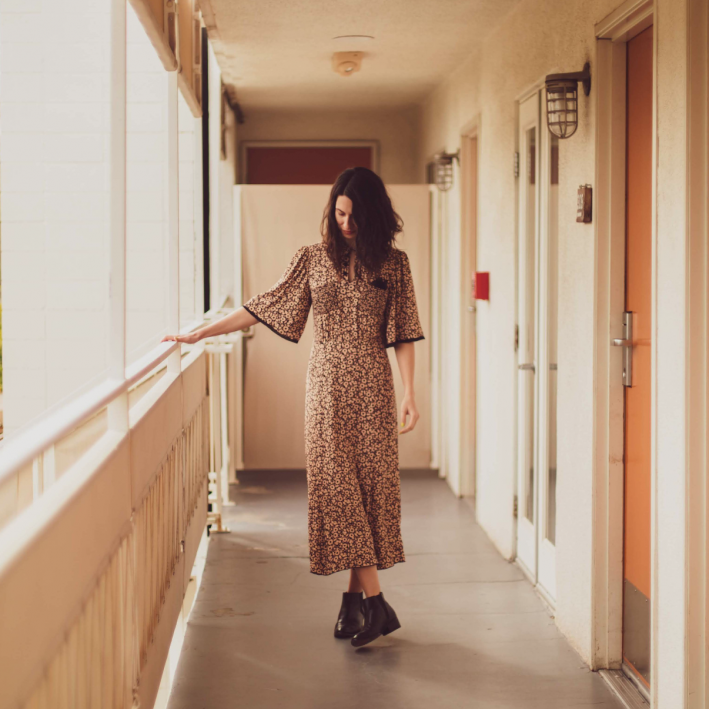
01 Roughly 800,000 people around the world die by suicide each year. It is the 10th leading cause of death in America.
02 Her freshman year of college, Jana tried to take her own life. For years, she'd suffered in silence with her mental health, which had deteriorated substantially after years of bullying.
03 As Jana has gotten older, she's realized the power in sharing her story and helping others. She is now an open advocate and crisis counselor for Crisis Text Line.
04 If you're in the U.S. and experiencing a crisis, text MADE to 741741 for free, 24/7 support. If you’re in the U.K., text 85258 and if you’re in Canada text 686868.
Nearly 16 years ago, I tried to end my life by overdosing on generic-brand acetaminophen.
I was a freshman in college. “I had no idea” or “I never would have guessed” is a common response when people who know me learn about this truth for the very first time. This is understandable. I was a high-functioning, successful person suffering in silence and hiding a secret.
Here’s the thing: The happiest-looking people on the outside are often the most capable of harboring their struggles and pain on the inside. If the recent and tragic high-profile celebrity suicides of Robin Williams, Kate Spade and Anthony Bourdain tell us anything, it’s that one can look like she has it all yet feel an enormous emptiness that leaves her grasping for a reason to hold on. The loss of their lives devastated communities around the globe with many seeking an answer as to “why?” and others spewing hateful rhetoric about how “selfish” it was.
Even more devastating are the 800,000 other people around the world who die by suicide yearly yet never see a news headline or go viral on social media. Suicide is the 10th leading cause of death in America with nearly 45,000 deaths annually, according to American Foundation for Suicide Prevention (ASFP). That’s roughly 123 suicide deaths a day. The World Health Organization (WHO) reports that suicide is the third leading cause of death for 15- to 19-year-olds.
Beyond this, the 2016 National Survey of Drug Use and Mental Health collected data that suggest a staggering 1.3 million adults 18 and older made one suicide attempt that year. Given the rise of suicide deaths since then, it’s estimated the number of attempts is greater. And this stat doesn’t even reflect a younger demographic, which is more susceptible to self-harm.
Did I want to be a statistic? Of course not. Did I want to die? At that moment back in my college dorm room, yes. Why am I telling you this now? Because at 34 years old, I realized suicide-attempt stories largely go untold due to the shame and stigma society continues to foster.
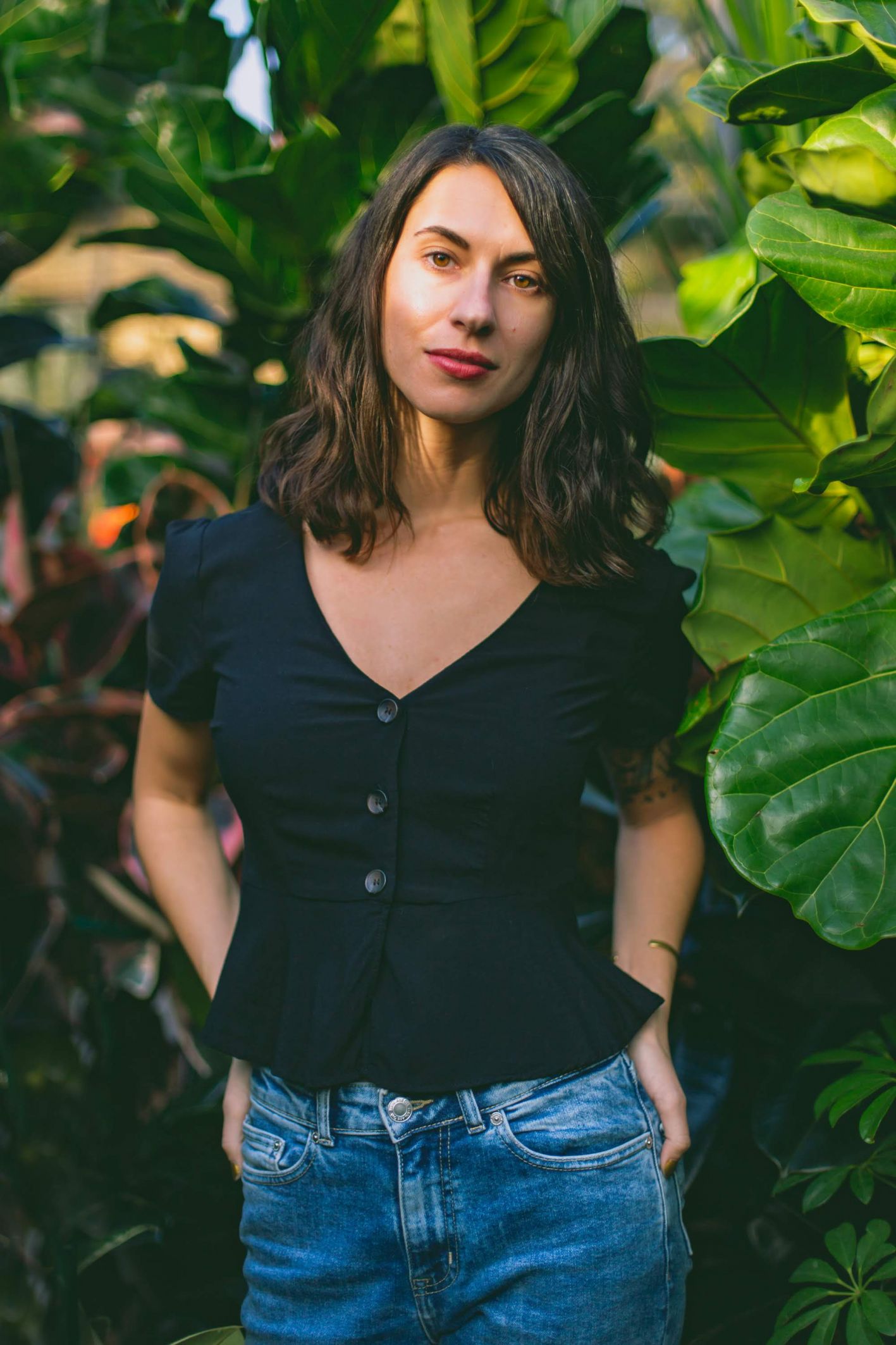
It started with bullying.
According to dosomething.org, bullying affects one in five students ages 12-18 in the U.S. today. The most commonly reported type of bullying is verbal harassment (79%). Forty-two percent of students, who reported being bullied at school, indicated that it was related to physical appearance (30%).
For as long as I can remember, I endured years of being told I wasn’t enough by my peers. I placed my self-worth in the hands of others, and so many of them didn’t like what they saw. So, I didn’t like what I saw either. These verbal attacks left deeply rooted scars that affected my self image and worth until my 30s. I hated my appearance for such a large part of my life and never felt comfortable in my own skin. I was told I was flawed in so many ways and I believed it.
I suffered in silence.
Writing was my outlet. My pen and paper were the only sources that knew my pain. I still have stacks of original poetry — some dating back to age 13 — that illuminate how invisible and lonely and worthless I felt.
I was too scared and ashamed to talk to someone. I didn’t know what resources were available to me, if any, so I never sought them out. I assumed it was a phase that would eventually disappear. So, I poured my outwardly self into school and excelled, which led most people to believe that I was happy and thriving. In reality, I was masterfully living a dual life. Deception at its finest.
Related Conditions
When I reflect back on that time, I see a fragile little girl who didn’t have an identity. I placed so much value on the thoughts of other people and would later learn that my perfectionist, people-pleasing behaviors prevented me from loving myself and enjoying the freedom of truly living.
I began the healing process.
Shortly after my suicide attempt something shifted. I was given a second chance, so I promised myself that I would try to find the beauty in the everyday. I continued to live a dual life, but this time it was different. I hid the emotional scar of my suicide attempt from most people because I felt completely suffocated by the potential negative judgements of others. My professional career took front and center. Just like school, I followed that same pattern of pouring every ounce of care into my work instead of my identity.
It wasn’t until my early 30s when I finally decided enough was enough. It was time to heal and let go of the wounds that were weighing me down. It was time to uncover the real me. I was in a place of financial and professional privilege that allowed me to go to therapy during which I explored my past trauma and patterns. I learned how to love myself, how to show myself compassion and how the lack of acceptance was one of my greatest challenges that I needed to overcome.

I also started owning my truth and sharing my suicide-attempt story. At first, I was very selective and only opened up when I thought the person on the receiving end could handle the news. Little by little, my courage grew, and now I share my story publicly, which is both terrifying and freeing at the same time.
In 2018, I became a trained Crisis Text Line counselor. This opportunity fulfilled a purpose I never could have imagined. I think back to when I was sitting in my dark college dorm room, with my 2004 Dell monitor gleaming at my tear-streaked face, contemplating calling it quits for good. If only I had access to someone, anyone, who would have listened and kept me safe for the night. Because of my experience as a counselor, I now know that empathy can be the difference between life and death. Being able to show that empathy and kindness to others contributed to my healing.
Like most things in life, healing doesn’t happen overnight.
It’s a lifelong journey that requires constant introspection and work. Knowing that I have a support system and finally being open about past experiences without fear of judgement have been the greatest gifts. I no longer need to live a dual life. And I no longer need to hide behind a façade, because my suicide-attempt story is one small part of a whole lot of parts that make up my authentic self — someone who I finally love and accept and think is beautiful inside and out.
If you're in the U.S. and experiencing a crisis, text MADE to 741741 for free, 24/7 support. If you’re in the U.K., text 85258 and if you’re in Canada text 686868.
About the author
Jana K. Hoffman (@janaisajournalist) is a writer and digital content strategist currently living in California with her rescue pup Charlie. She’s a mental health advocate and trained Crisis Text Line counselor who seeks to put an end to mental health stigma.
Support our work
We’re on a mission to change how the world perceives mental health.
